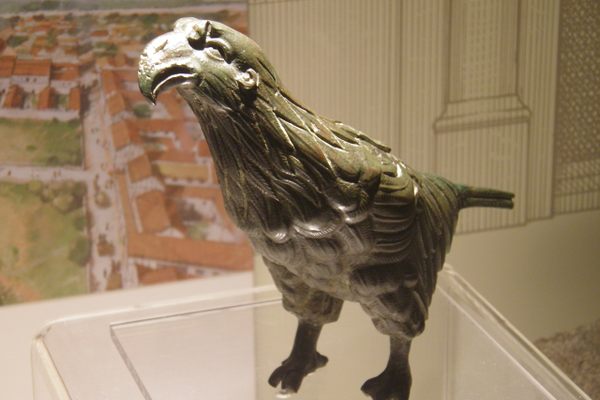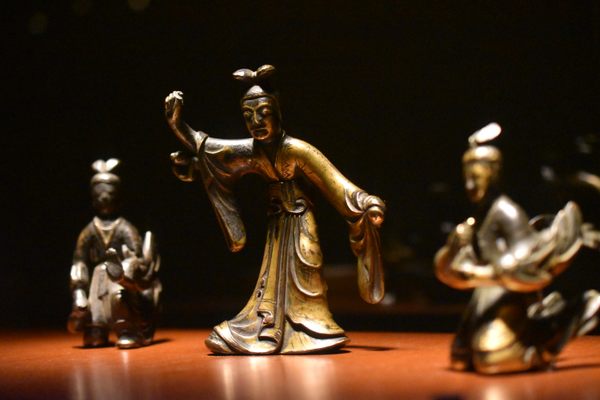Hidden Egyptian Temple in Field Museum Break Room
Years of archaeology, just chillin' by the water cooler.
It’s a normal office break room — fluorescent lighting, coat rack, microwave. But it’s located in a museum, so of course there’s something a little quirky about it. In this case, it’s the 4,300-year-old Egyptian chapel sealed up behind the wall.
Chicago’s Field Museum is home to 30 million objects, most of which are behind the scenes. But while the vast majority of those collections are stored in collection drawers where they can be pulled out and used in scientific research, the chapel stands out. It’s a holdover from an old exhibit about ancient Egypt, purchased over a century ago during the “Indiana Jones” years of archaeology — and now it’s just chilling by the water cooler.
The chapel’s nondescript new home belies its scientific value — the small limestone chamber is decorated floor to ceiling in carvings and hieroglyphics from which scientists can glean tantalizing insights into a lost world. The carved scenes reveal details ranging from what people ate and wore to what they believed the afterlife had in store for them.
Believed to have belonged to two sons of the pharaoh Unis, the chapel’s limestone walls are decorated from floor to ten-foot-ceiling in relief carvings of rows of servants bringing food offerings for a funerary feast. The most striking thing about the chapel (other than the fact that it’s sitting in an office break room) is the traces of colorful paint that aren’t not quite faded from the walls, still gleaming deep ochre, goldenrod, jade, and cerulean after four millennia.
The chapel and its walls traveled by boat from Egypt to Chicago, where they were put on display at the Field. When the museum moved to a new building in 1921, the ancient chapel walls came too. But when the Egypt exhibit was renovated in the 1980s, the chapel wasn’t part of it.
To get into the chapel, you need to unlock the ten-foot-tall white door blocking it off, and then step up and over the raised threshold. The chamber itself is small, about the size of a roomy elevator, its floor covered by sand leftover from its old display setting.
These days, only a few Field Museum staff members have a key. And while the museum has long-term plans to reincorporate the chapel into a public display, doing so will take time. In the meantime, the chapel sits tucked away in the guest relations office, and its visitors are mostly museum employees and students coming to study it.

























Follow us on Twitter to get the latest on the world's hidden wonders.
Like us on Facebook to get the latest on the world's hidden wonders.
Follow us on Twitter Like us on Facebook